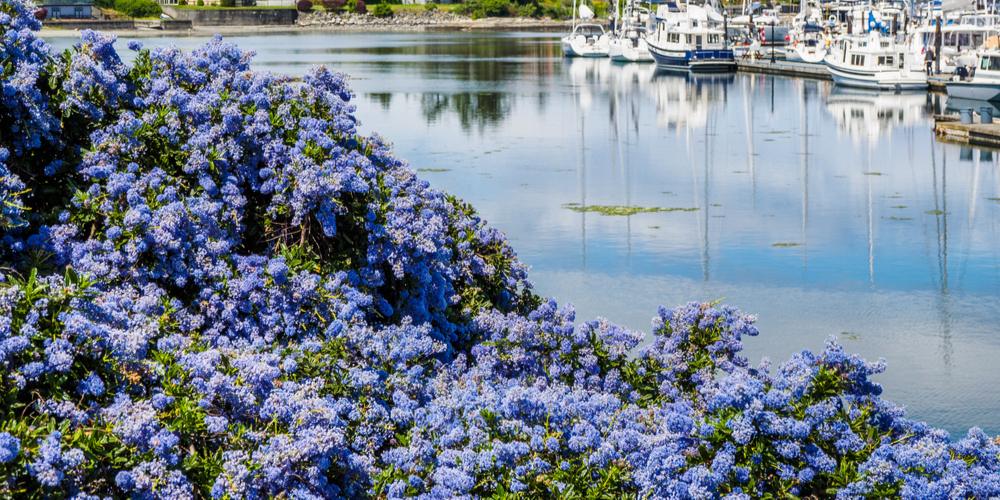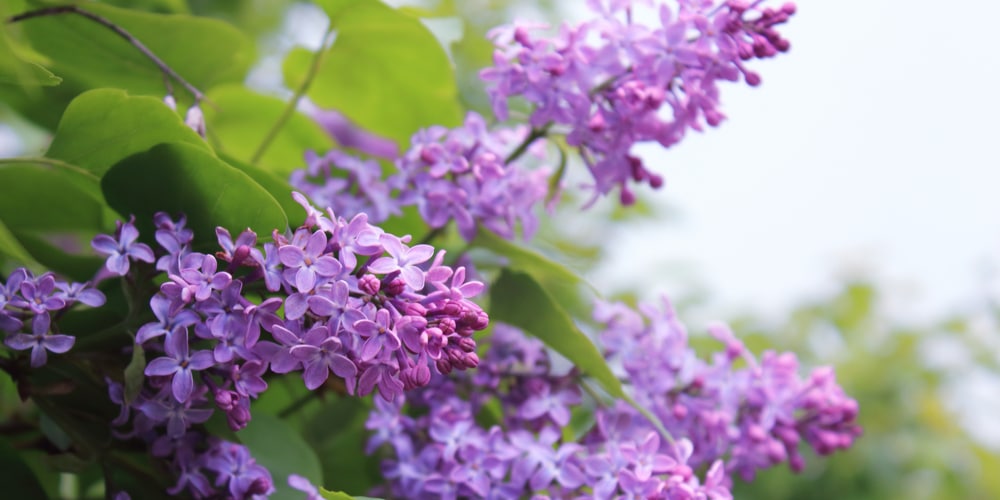Lilacs are one of the most popular trees that you can find in almost every garden in the US. In general, lilacs are considered cold-weather perennials native to Asia and Eastern Europe. However, there are issues with lilacs not being able to grow in all regions, especially the ones with a subtropical climate. Like many other people who live in Florida, you may wonder: can lilacs grow in Florida?
Unfortunately, lilacs aren’t the best flowers that you can grow in Florida, and for a good reason. Florida has a warm climate with mild winters. And that makes lilacs challenging to grow in that region.
While it is possible in some parts of the State (which we go into below), you may want to check out our guides to yellow flowers that grow in Florida or blue flowers that grow in Florida instead. Tulips are easier to grow in Florida as well.
Can you grow lilacs in Florida?

Syringa vulgaris, or what is known as the common lilac, is a popular plant that can grow up to 12 feet when provided the right atmosphere. However, Florida’s hot and humid climate is conducive to growing lilacs. Besides, the plants won’t survive in the southern and central parts of the State.
Lilacs need a period of cold-induced dormancy so that they can produce new blooms. As a result, these ornamental plants don’t grow well in places that have mild winters. During the cold weather, the lilac buds find the right temperature to mature and bloom for the upcoming spring.
Apart from the weather, the kind of zones plays a significant role in determining whether the plant can grow in Florida. For example, some lilac variants thrive and bloom in hardiness zones 3 to 9. The plant reaches a height up to 8 – 12 feet and has a width of around 6 to 10 feet.
Hence, it can be concluded that lilacs are hard to grow in Florida, and even if you grow them anyhow, they will not produce the result as you see in other states. However, cultivars can bloom a few varieties in lower South Florida to some extent.
Can lilac trees grow in zone 9?
Local climate matters a lot when it comes to attempting a blooming and healthy lilac bush. It means that zone restrictions will favor whether a specific plant will bloom in areas denoted by the winter chill. According to the US Department of Agriculture, lilacs are best grown within hardiness zones 3 to 7.
However, the exact range will depend on factors such as the variety and species of the plant. Furthermore, only a handful of lilac variants have been successfully bred well in warm climates with zone 8. Sadly, a few will thrive in the mild winter climatic condition of zone 9. Still, cultivars are warned to take extra care to have a good show of flowers in spring.
What are the lilacs that can grow in zone 9?
The Syringa x Josee’ or the Josee lilac grows well in the USDA hardiness zones of 3 to 9. The plant produces lavender-pink, fragrant blossoms during spring. This plant is a re-blooming variety of lilac that tend to have flowers throughout the summer right after initial bloom.
Another good variety of lilacs that you can grow in warmer climates is the Syringa x laciniata or cut-leaf lilac. It is a purple-flowered variety that grows well in hardiness zones 3 – 12. Another variant that goes by the name Syringa patula Miss Kim or Miss Kim lilac is great for zone 9 as well.
It has fragrant purple flowers that change to white. Apart from that, there are two variants that many call Descanso hybrids. The hybrid group includes Syringa vulgaris Lavender Lady or Lavender Lady lilac and Syringa vulgaris Angel White or Angel White lilac.
Both of them are grown in areas that can be extended as far as zone 8b. Also, they can be grown in USDA hardiness zones 9a and above. For that, it should adhere to the right growing conditions. Furthermore, blooming won’t be outstanding unless the plants are in extremely favorable or right microclimatic conditions.
How to grow lilacs in a warm climate
While this can be tricky, low-chill lilac plants can be grown in warmer conditions but with the right conditions. You should position the plants so that they can receive sunlight for 6 hours every day. Also, the nights have to be cold enough to induce blooming. Proper irrigation and adding fertilizer or compost to the soil will support its growth.
Related Article: Do Lilacs Need Fertilizer?

